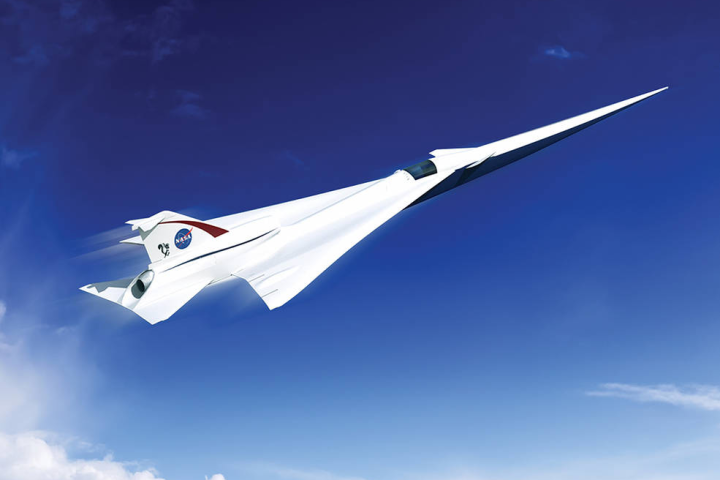
NASA contracted with Lockheed Martin, along with subcontractors from Ohio’s GE Aviation and California’s Tri Models Inc., to develop a concept design for the Quiet Supersonic Technology (QueSST) project. The proposed technology would lower the noise of a supersonic plane from the current loud boom to a level akin to a soft thump. Lockheed is expected to produce a concept design with specifications, details on the formulation of the concept, and information on the planning that went into the design. As part of the project, NASA has awarded Lockheed Martin $20 million to be distributed over 17 months for the preliminary aircraft design.

This first phase of development involves planning only and will act as a building block for a future project. The final plans submitted by Lockheed will be subject to review by the community before they are used in the next phase of development. This second phase will see the detailed design, building, and testing of the aircraft proposed by Lockheed. This follow-up project will be awarded through a bid competition to be held in the future.
The supersonic jet is one of several projects proposed as part of NASA’s recently unveiled New Aviation Horizons initiative. The program will focus on developing innovative aerospace technology to reduce fuel consumption, decrease emissions, and limit the noise of commercial airplanes. “NASA is working hard to make flight greener, safer, and quieter — all while developing aircraft that travel faster, and building an aviation system that operates more efficiently,” said NASA Administrator Charles Bolden. Besides a supersonic plane, NASA also will be working on novel aircraft prototypes that move the industry beyond the conventional tube and wing-shaped aircraft. If adopted in the future, these technology advances potentially could save the airline industry $255 billion over the next 25 years.



